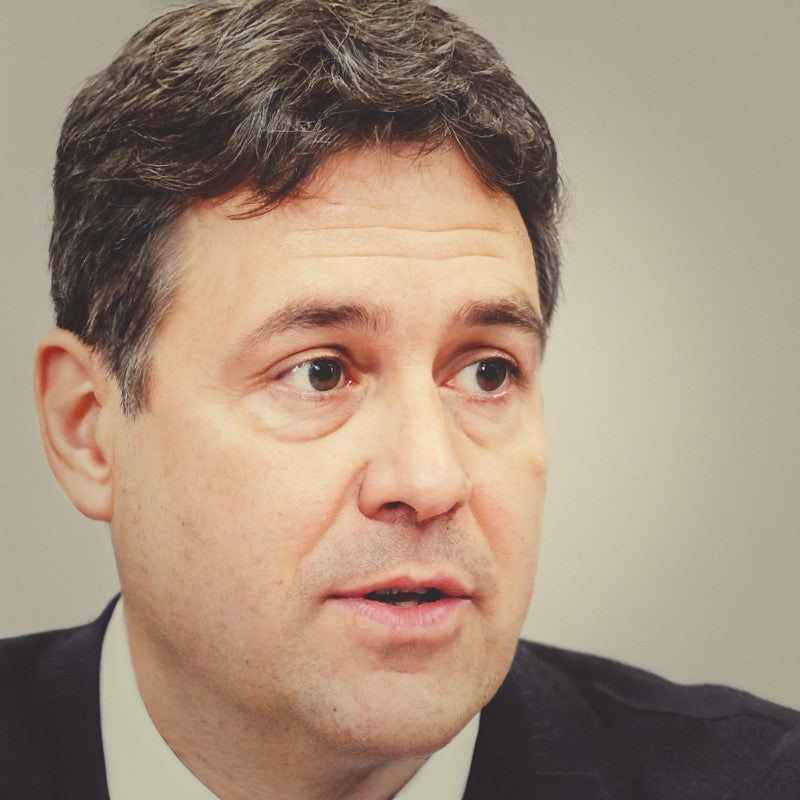When it comes to Civil Service exams, one of the most challenging tasks candidates face is crafting the perfect 250-word statement.
Many find this aspect daunting, but with a solid understanding of the behavior in question and a structured approach, this potential weakness can turn into a remarkable strength.
Related Article: 5 Seeing the Big Picture Behaviour Statements
What "Seeing the Big Picture" Means at the Senior Executive Officer (SEO) Level
At the SEO level, "Seeing the Big Picture" involves a comprehensive understanding of how your role fits within the wider organization and its strategic objectives. You're expected to demonstrate a keen awareness of how external factors—such as political, economic, social, technological, legal, and environmental influences—impact your work and the organization's goals.
At this level, it's crucial to show that you not only recognize the broader context but also anticipate and plan for future challenges and opportunities. This differs from previous levels where the focus might have been more on immediate tasks and team-specific objectives. As an SEO, your insights should reflect a strategic mindset, showcasing your ability to align your team’s work with overarching departmental and governmental priorities.
Statement Structure: Using the B-STAR Technique
Crafting a compelling statement requires a clear structure to ensure you cover all necessary aspects concisely. The B-STAR technique is a powerful tool to achieve this. Here’s a breakdown of how to use it effectively:
Belief: Start with your core belief or philosophy about the behavior. For "Seeing the Big Picture," this might involve your commitment to aligning team efforts with strategic goals or your proactive approach to anticipating changes in the external environment.
Situation: Describe a specific scenario that required you to see the big picture. This should set the stage and provide context for your actions, illustrating the complexity and significance of the situation.
Task: Outline the tasks you were responsible for in this situation. Highlight the specific goals you needed to achieve and the strategic considerations you had to keep in mind.
Action: Detail the actions you took to address the situation. Emphasize how you analyzed the broader context, collaborated with others, and implemented strategies that aligned with larger organizational objectives.
Result: Conclude with the outcomes of your actions. Demonstrate how your strategic approach led to positive results, whether in terms of improved efficiency, better alignment with strategic goals, or enhanced team performance.
Now, here’s an example statement that illustrates the "Seeing the Big Picture" behavior at the SEO level:

Check out 50 example statements for all 9 behaviours
250 Word Statement Example
I believe that understanding the broader context of our work is vital for making decisions that benefit the organization and society. This belief shapes my approach to strategic planning and execution.
As a Wildlife Program Director, I was tasked with launching a new initiative to protect endangered wildlife. I began by conducting extensive research on current environmental policies, trends, and the specific needs of the ecosystems we aimed to protect. This helped me identify key areas where our efforts would have the most significant impact.
To ensure our project contributed to wider organizational priorities, I coordinated with other departments, such as education and advocacy, to integrate their activities with our conservation efforts. I facilitated strategy sessions where team members shared their insights and experiences, which enriched our planning process and ensured a holistic approach.
Staying alert to emerging issues, I established a monitoring system to track changes in environmental regulations and public opinion. I also maintained regular communication with stakeholders, including government agencies, local communities, and other nonprofits, to gather their input and foster collaboration.
I set clear objectives and performance metrics for our team, regularly reviewing progress and making adjustments as needed. I encouraged open communication and knowledge-sharing, creating an inclusive environment where diverse perspectives were valued.
The initiative successfully raised awareness and increased community involvement in conservation efforts, resulting in a measurable improvement in the local wildlife population. This experience reinforced my belief in the importance of seeing the big picture to drive meaningful and impactful outcomes.


